Caregiving and Residential
Interiors

or caregiving and residential interiors, “psycho-ecological design” applies to all uses.When I work with physically challenged people, I need to know how much space care receivers need and how they use it. People with mobility challenges require more space for maneuverability. Wheelchairs and crutches extend beyond the human body. Corridors or other circulation spaces should contain adequate space for a physically challenged person and an ambulatory person to pass unobstructed. All circulation to enter and exit freely should be identified. Next, the remaining areas are examined. The 5’-0” circle for wheelchair circulation, for a scooter, or for crutches points out how much space there is for furnishings. People should feel comfortable in their homes without having to plan a path to navigate each time they want to move.
Energy and Design for Caregiving and Residential Interiors
I worked with physically challenged, independent people. Some families have cared for care receivers since their birth. Others become caregivers when entering relationships or within relationships that change over time. Some may experience this change in homes that were not initially selected for that use. We adapt houses and apartments to ever-shifting needs whenever possible. Architecturally, many spaces can be designed to accommodate many layouts and uses. However, interior (if structural) and exterior walls are fixed, imposed limits. Furniture placing would work best if traffic or circulation space is identified first and maintained. What remains can be used to place elements for maximum use and access.
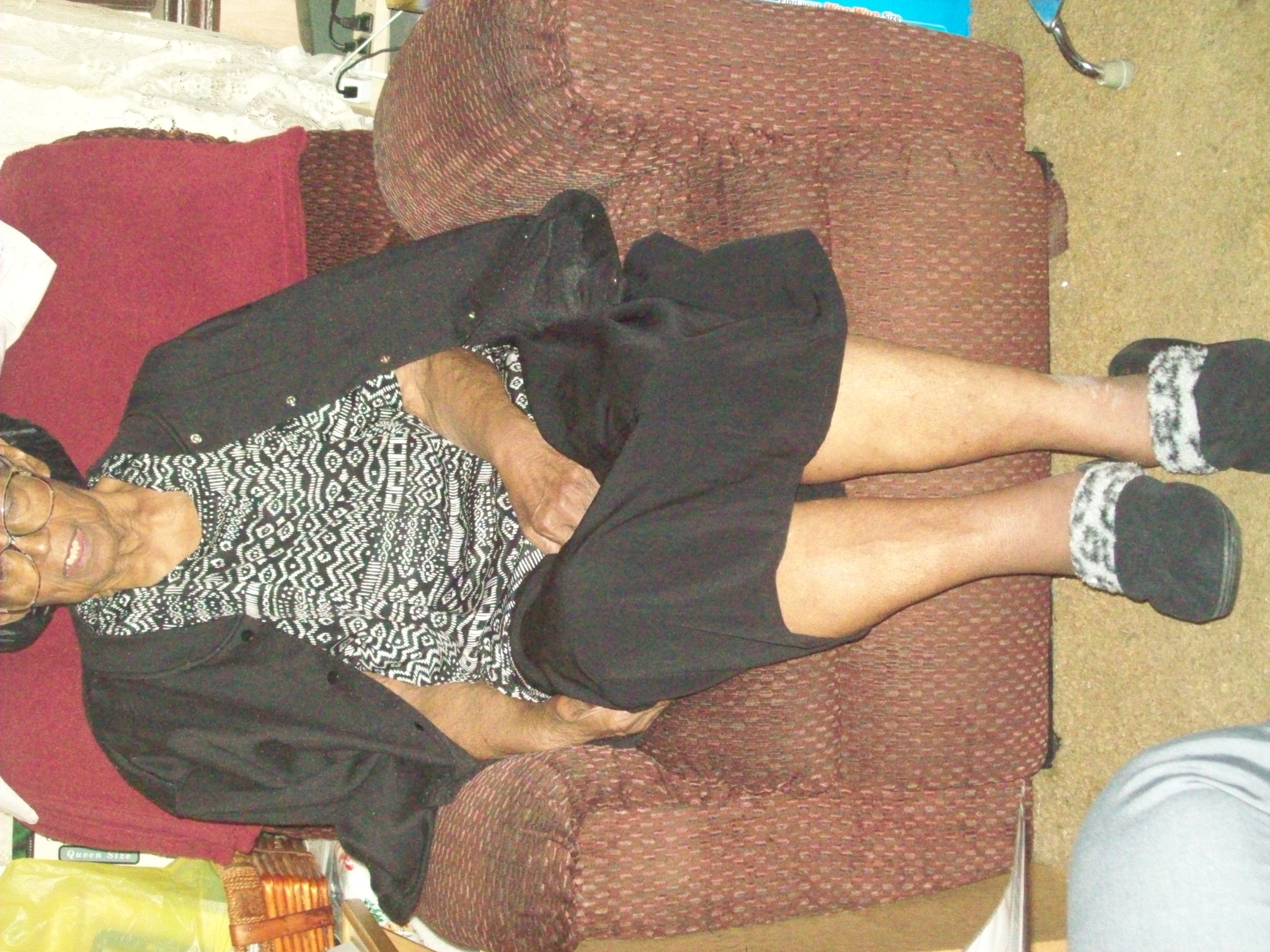
Mom working on her exercises. I took pictures of her in the living room for her workbook, one of the last times she sat in there, by Allison L. Williams Hill.
Caregiving and Home Interiors Circulation
Identify the best ways to move through a home first. These areas are always clear because fires can occur anywhere. Paths to safety should be free from obstructions all of the time.
Items such as lighting and storage are common to most rooms. When giving care, they may need to be improved and, in the case of storage, possibly expanded. I wrote in Caregiving and Housekeeping suggestions for decentralizing storage areas. If a central area is more practical, items can be brought there for refill or deposited, like clothing and linen from collapsible hampers for laundry were returned to their designated places of use.
Interior design solutions have improved when designers understood that few people can afford to replace their furniture and perhaps don’t wish to. Many design shows have shown viewers that furniture purchased for and used in one room for some time may serve better in another.If a care receiver uses a cane, wheelchair, or scooter, all circulation areas should be free of objects, permitting full use of the floor space from wall to wall. Some like the opportunity to use corridors for display, therefore, I suggest using the wall area 4’-6” above the floor for that. The images will be free from displacement.
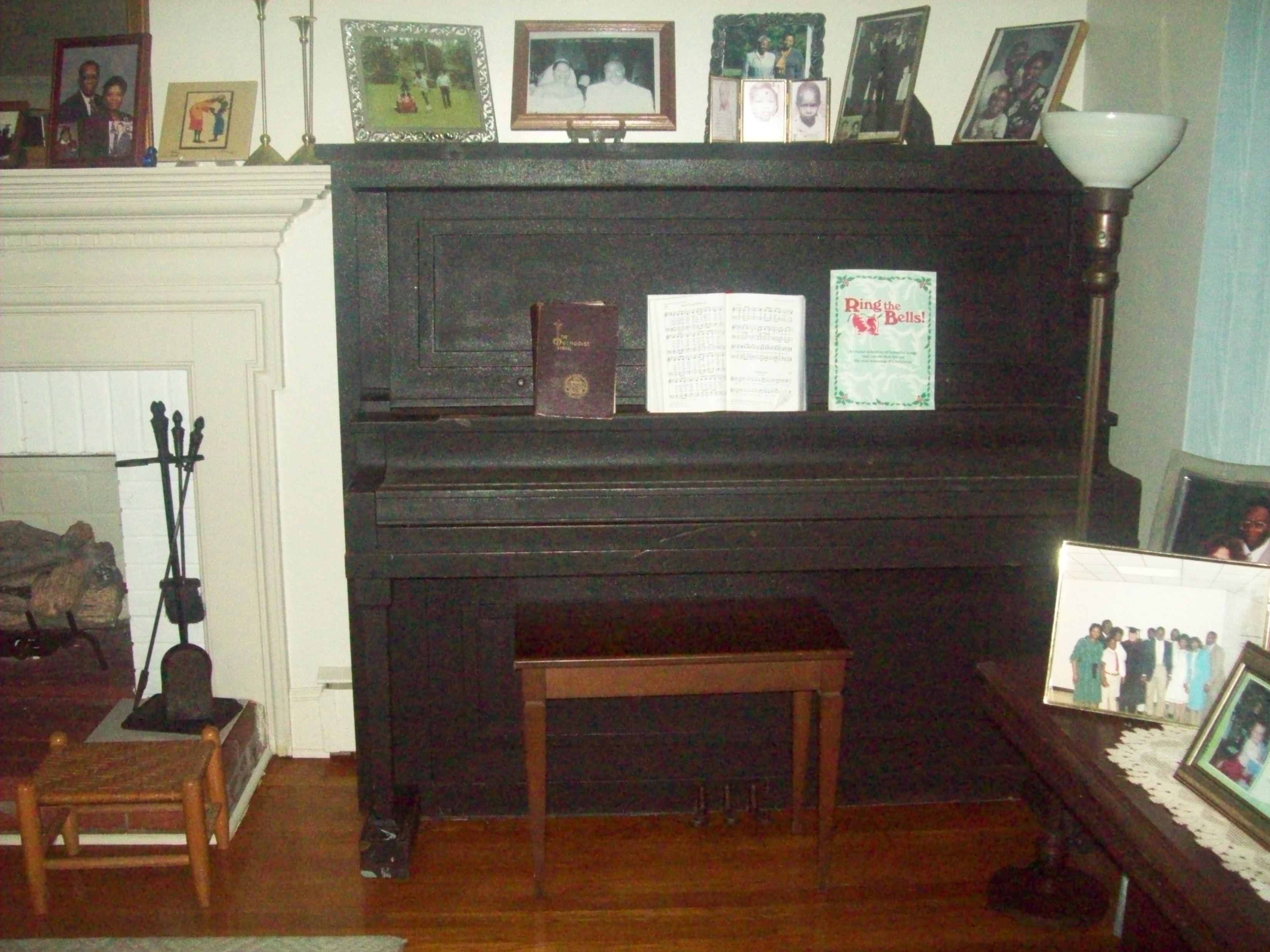
Robinson Residence Living Room, Orangeburg, SC by Allison L. Williams Hill
Wainscoting, a decorative wall treatment
with a more durable material, could be applied to add an extra touch
that is easy to maintain. One as simple as a durable paint in the same
color as the wall surfaces or in an accent color is easily
achievable.Corner guards protect wall materials like drywall or cement
board to which paint or wall surface materials are applied or wall
finishes like wood from scrapes and knocks. Healthcare facilities were
the first interiors to use them. They were usually black and made of
rubber. Manufacturers have expanded the options in more affordable
materials and colors.
Given the complexities of caregiving relationships, the ability to navigate within a space should be as straightforward as possible. Humans attempt to find answers to problems and move on. When basic matters are addressed then there is a little relief to turn the mind to other issues that demand attention.
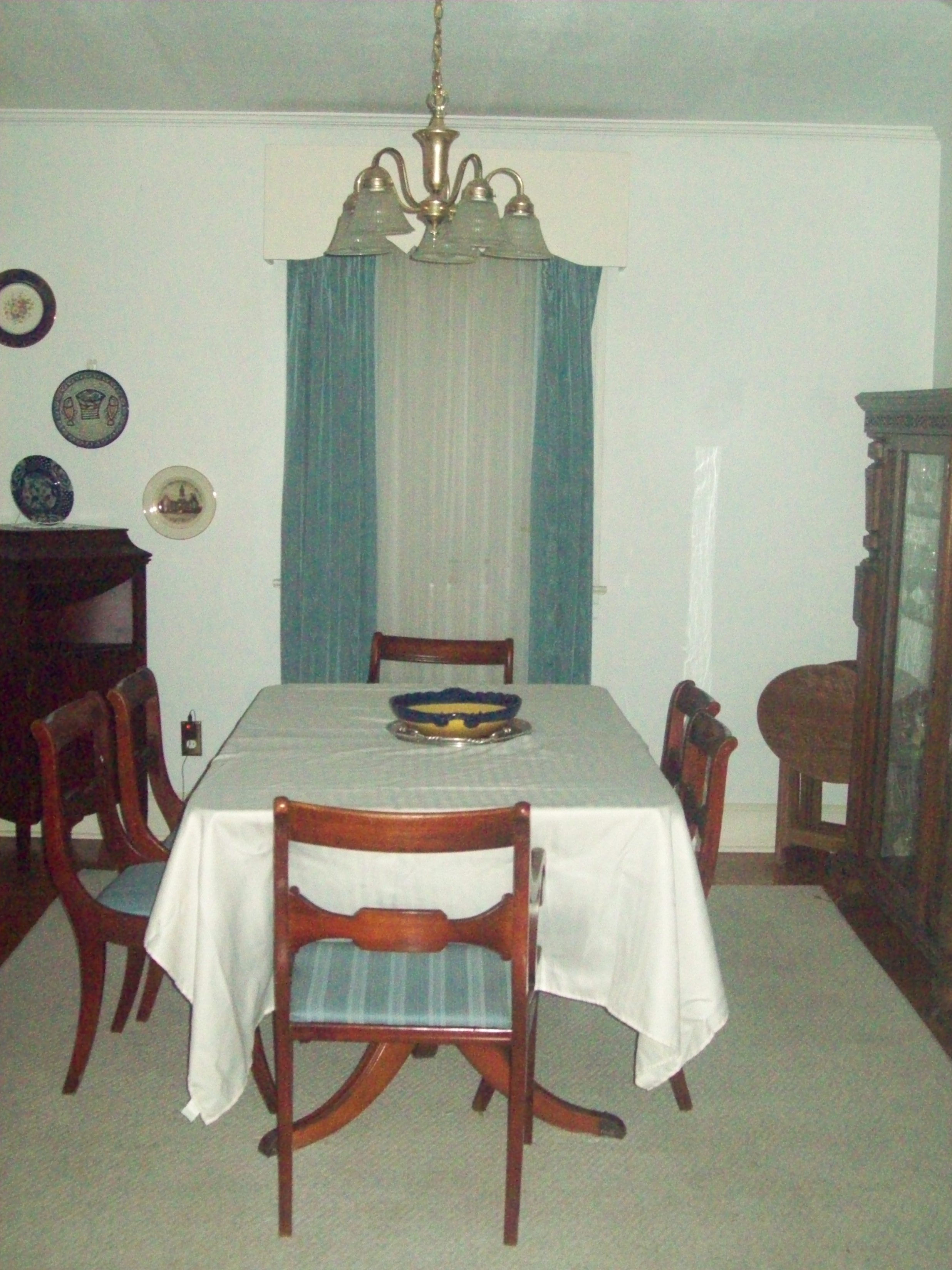
Robinson Residence Dining Room, Orangeburg, SC by Allison L. Williams Hill
Caregiving and Residential Interiors Energy
Furnishings to provide support with strong back chairs serve double duty, in addition to supporting the back and neck of users. I liked the idea of using fountains for sound in different areas to identify spaces.My husband had glaucoma. I visualized strong furniture placed where he could use them for support on his circulation path, and the sounds of the fountains. The living area could have a small table water fountain that produced a calming sound of a small brook. The dining area could have a fountain with bells that ring when they gently collide. The bedroom could have a fountain that plays soothing music.
Milled door frames are details that unify a home's interior. Signs at door frames between spaces, such as a living area and a dining room, can inform users where they are. Both sides of the door frame in the living space can feature a small plaque, a metal letter, or Braille. Likewise, signage on the other side of the frame identifies the dining room. A unique design feature could be symbols carved in the wood to identify the space the door frame defines.
There are videos that show how to fold blankets into accent pillows.Handmade or specially designed throws make attractive accents on couches and beds. It is another way of storing them in plain sight for access for people with disabilities. In Caregiving and Housekeeping, I suggest decentralizing products to reduce the time spent retrieving cleaners or other products from a central storage space. The throws are conveniently placed on the couch or bed, allowing a caregiver to pick them up and place them on the care receiver.
Energy–generating crystal matrices are beautiful to look at. Visually challenged people will nonetheless
benefit from the energy emitted from the grids. We do not have to see everything and they do not have to be displayed. However, it benefits us to know how energy works and its effects.
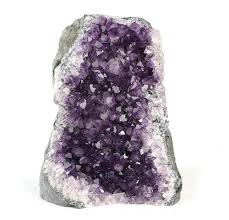
Crystals are Nature's sculpted pieces. Geode stones, single or multiple crystal clusters, can stand alone or
in groups placed in areas that are dowsed for their highest and best use.
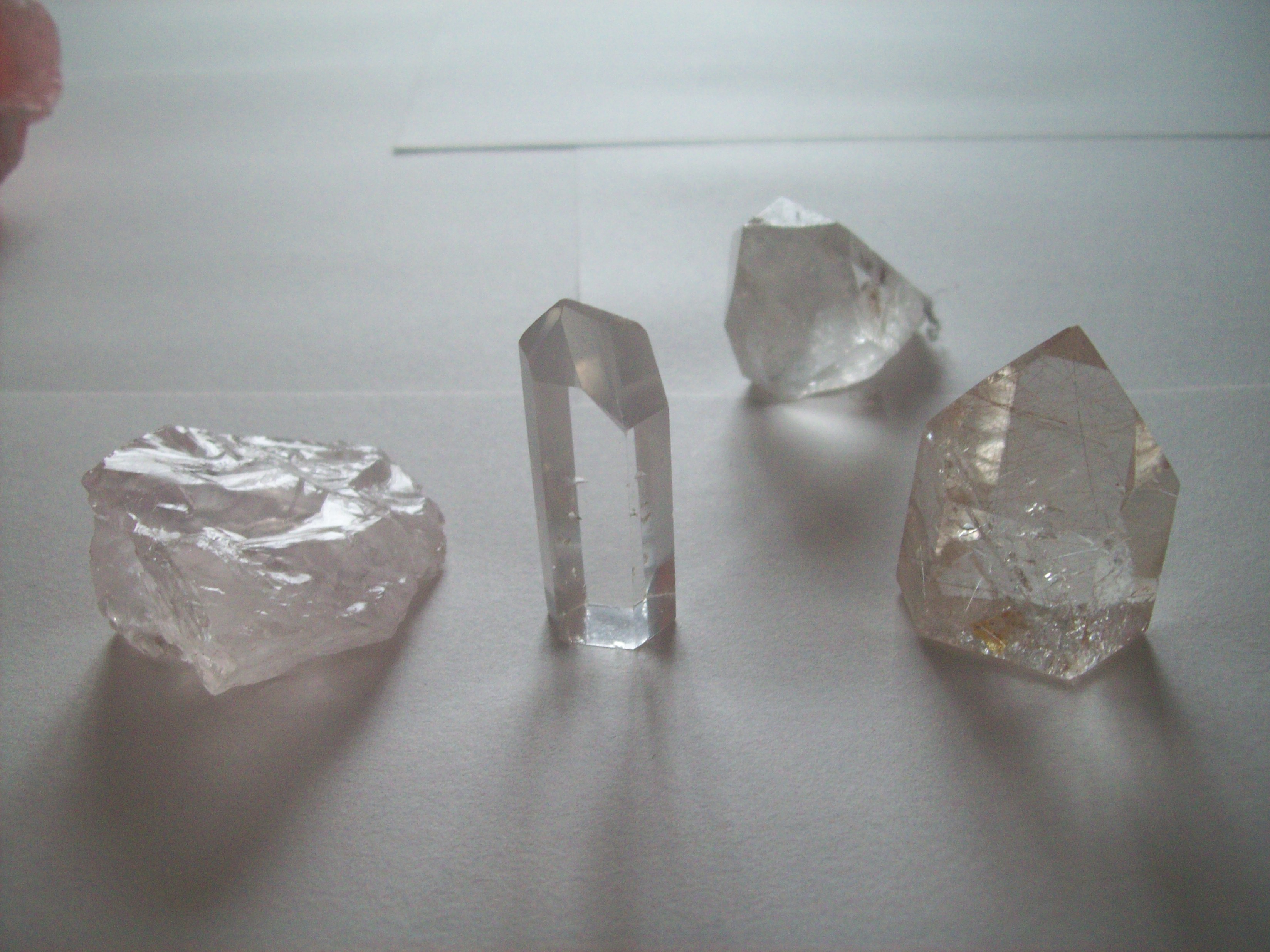
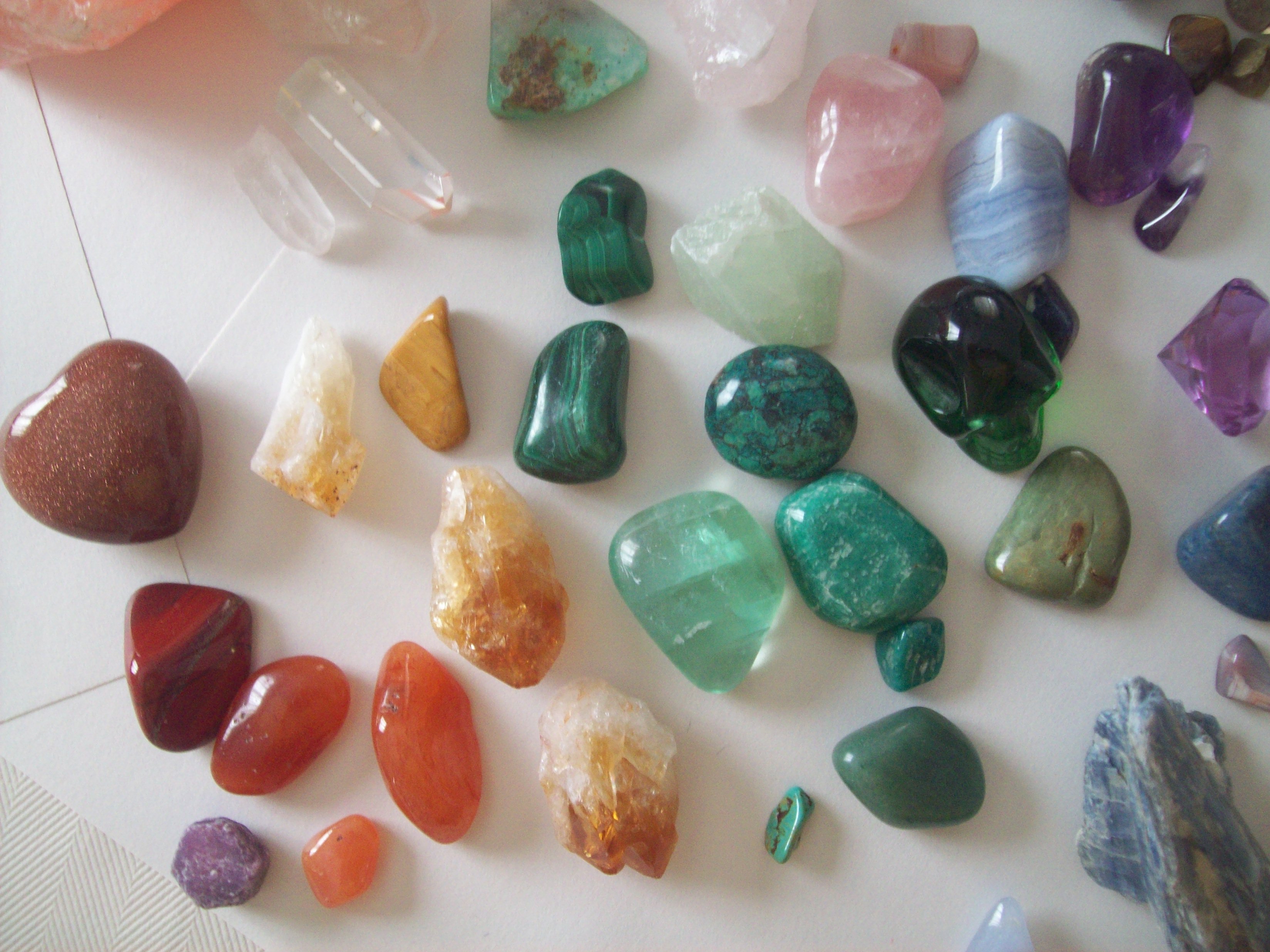
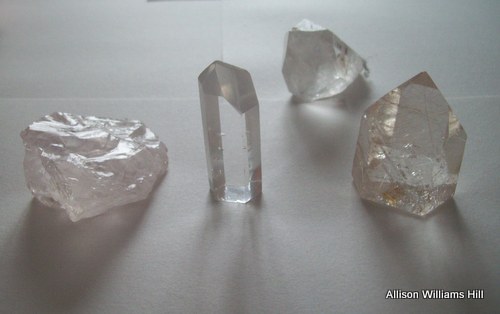
Place various lighting for specific purposes. Use softer lighting in small light fixtures away from areas where they can be damaged. Another option is to select ventilated, aesthetically pleasing, and clear plastic boxes to cover light fixtures, protecting them if their placement in certain areas is necessary.
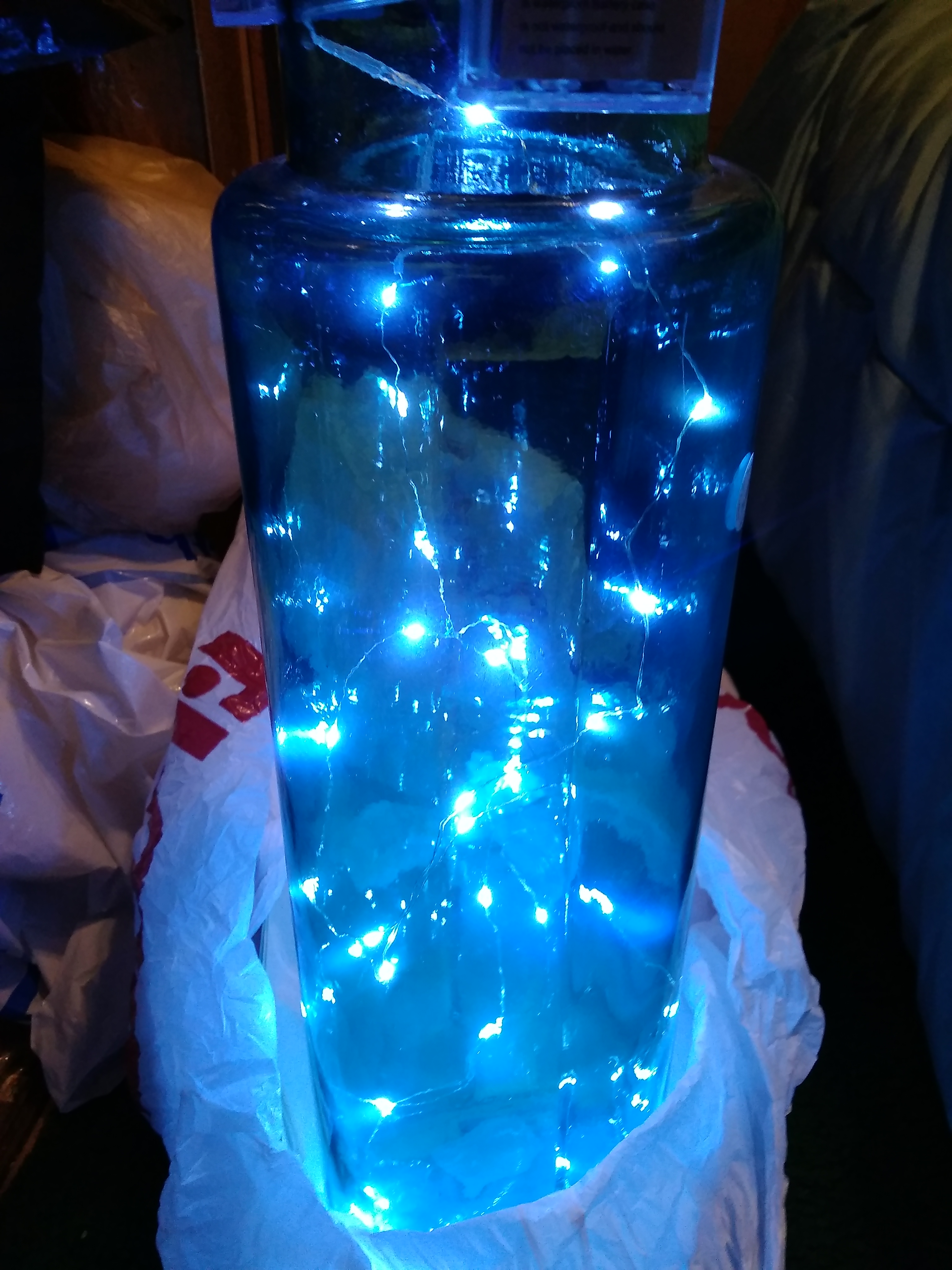
The variety of lights offers wonderful creations of light sources. LED lighting in cool and warm white, along with a palette of colors, can soothe the soul and mood. I purchased jars, glass jugs, and vases, and used wire wrapped with LED strands to form desired shapes for lighting. Group the strands to organize a node to turn on a group of light fixtures simultaneously. Create zones with one group or light fixture connected to a switch-operated outlet for opposite-end lighting, allowing safe entry into a space.
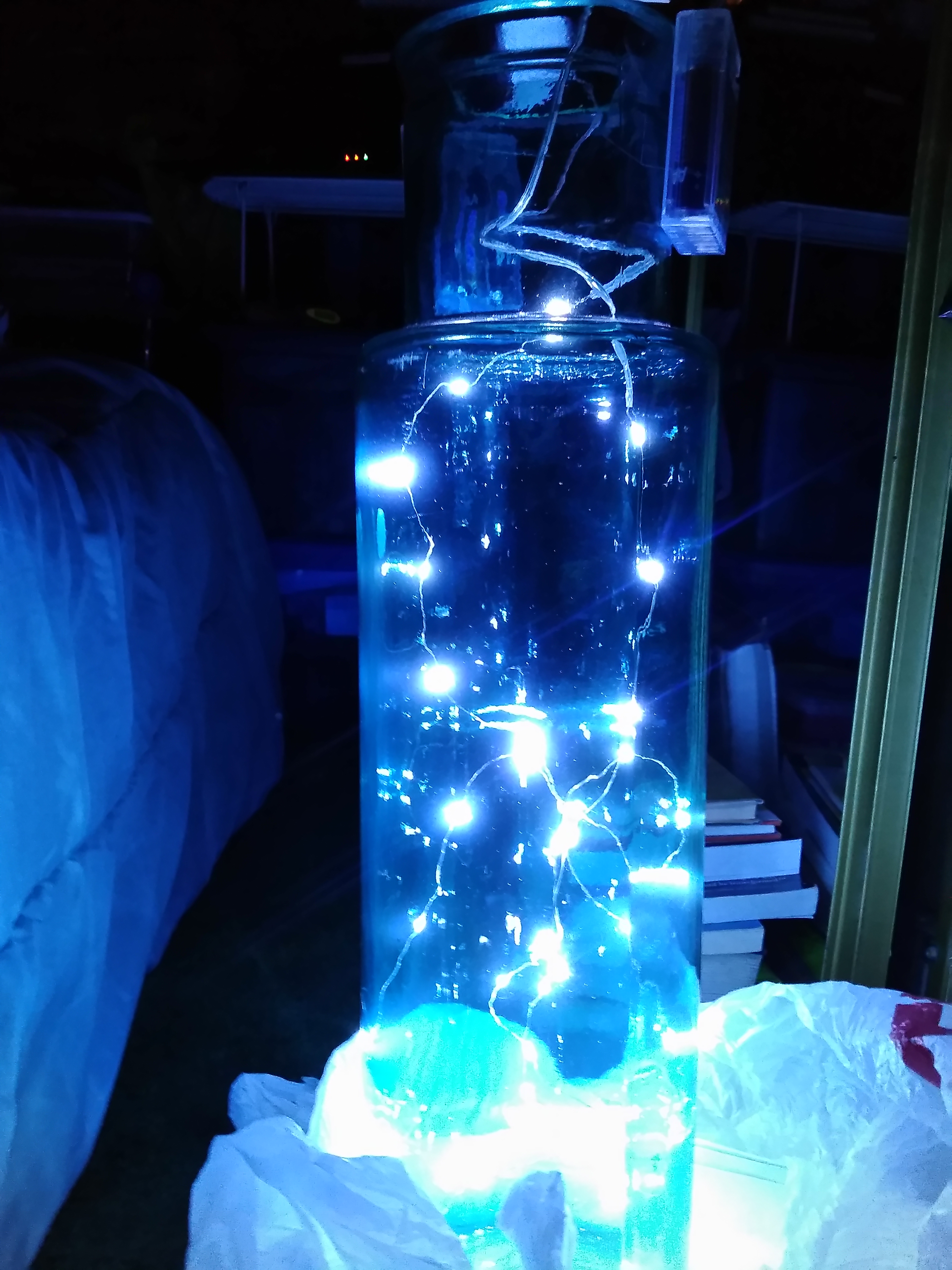
Indoor plants serve purposes other than beauty. All plants absorb carbon dioxide and provide oxygen.
Some plants remove dust, mold spores, and pollen particulates, as well as volatile organic compounds that emit vapors from interior products, which can cause physical issues with the endocrine system.
VOCs that plants remove include paints, plastics, and wallpaper. Fabrics and carpeting processes use
formaldehyde. Cleaners, like bleach, which is a neurotoxin, and carpet cleaners can be filtered from the air by plants. Many people believe bleach is a formidable cleaner because it kills germs and bacteria. Many
other, less toxic cleaners do the same job. Mothballs and camphor are
carcinogenic. Use them sparingly if at all. Plant suggestions include
philodendrons, English ivy, spider plants, and Boston ferns, which
require frequent misting. All require trimming to prevent hazards. Snake
plants grow vertically. However, none possess fragrances.
Plants provide shade for west-facing living areas. Plants that emit odors in designated areas establish zones that can help a person navigate in areas. There should be a trial period for the plants, regardless of whether they are flowering or not, to determine if their presence in designated areas is optimal for them. If potted peonies are in the same place for several months and are not doing well, identify a plant with a similar aroma.
Placing plants next to fountains is a lovely combination. Many years ago, I read an article by Woody Wodraska. He installed flowforms on his property and placed plants along its length. The growths on all of them were significant. In addition to the clean, oxygen-rich water vapor that bathed them as long as the fountain was running, the swishing sounds within the circles produced an energy the plants like.
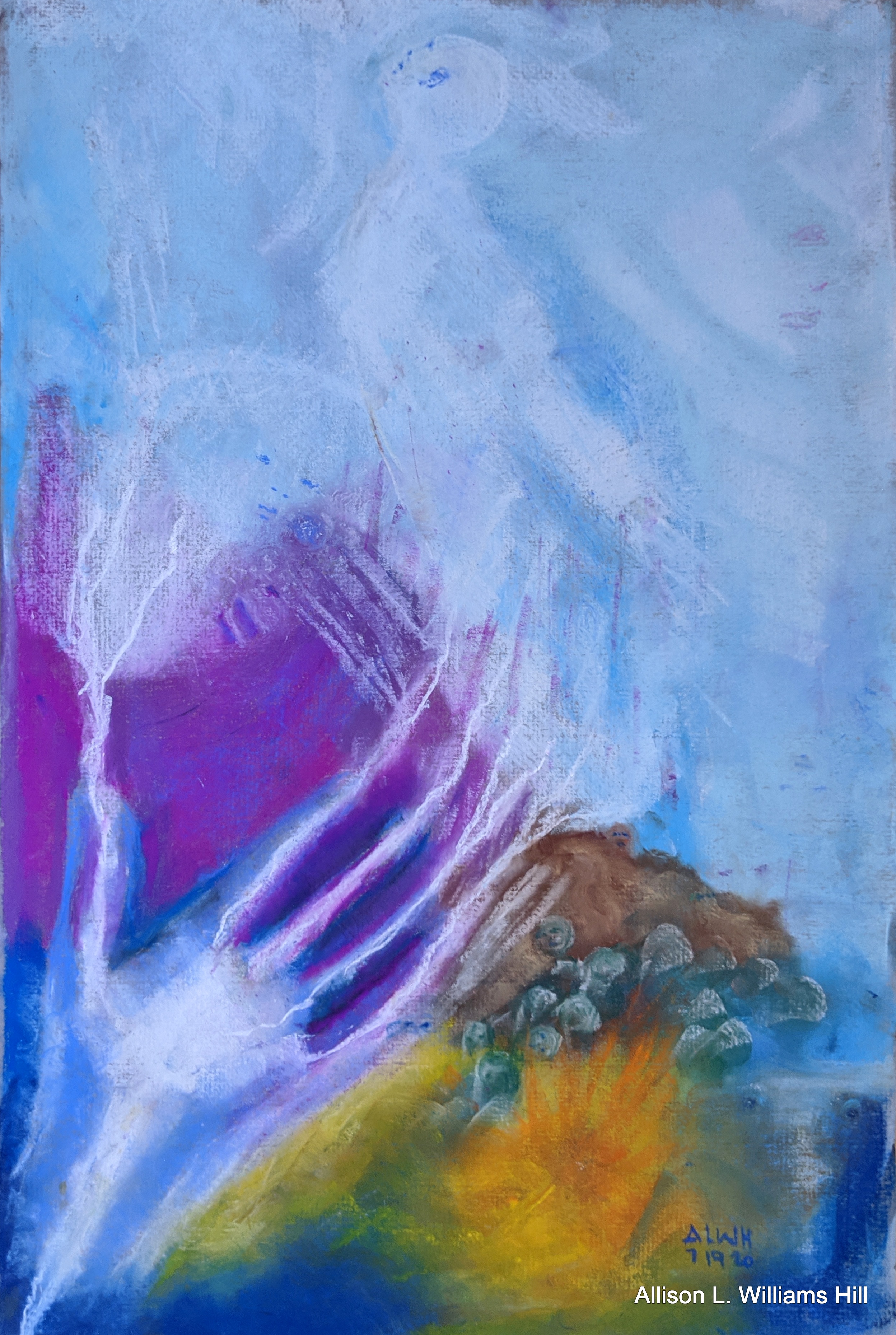
Assistance by Allison L. Williams Hill
There is a saying that when we lose the ability of a sense, another sense takes its place. That isn't the case. An ability becomes stronger when it is relied on more due to a deficiency. If someone has limited sight, an approximation of that limitation would be to use a blindfold when doing tasks. Removing access to a sense would cause whatever else one uses to compensate. A person can grow from this experience and develop empathy for those who are limited or challenged.
Caregiving and Residential Interiors Require Unobstructed Movement
If a care receiver uses a cane, wheelchair or scooter, all circulation areas should be free of objects permitting full use of the floor space- wall-to-wall. Some like the opportunity to use corridors for display, therefore, I suggest using the wall area 4’-6” above the floor for that. The images will be free from displacement. Wainscoting, a decorative wall treatment with a more durable material could be applied to add an extra touch that is easy to maintain. One as simple as a durable paint in the same color as the wall surfaces or in an accent color is easily achievable.
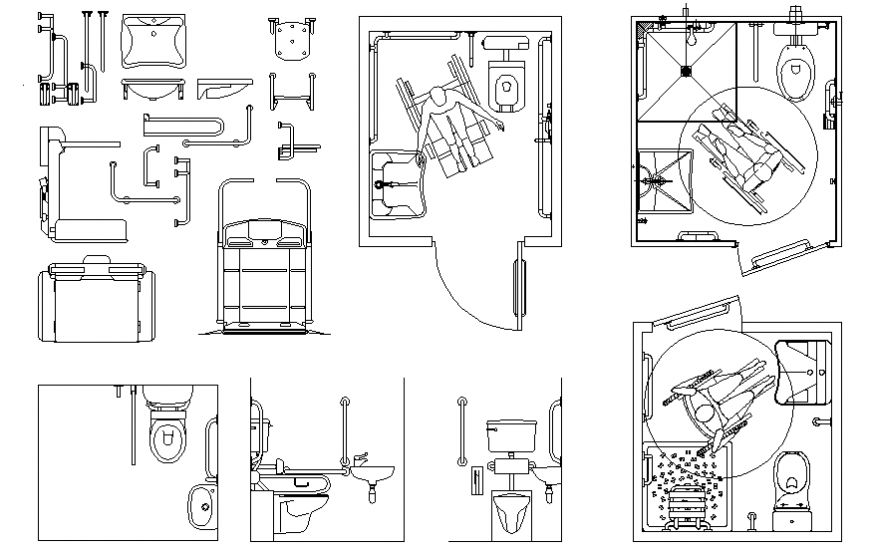
Accessible Bathroom Plans and Elevations
Corner guards protect wall materials like drywall or cement board to which paint or wall surface materials are applied or wall finishes like wood from scrapes and knocks. Health care facilities were the first interiors to use them. They were usually black and made of rubber. Manufacturers have expanded the options in more affordable materials and colors.
With all that occurs in caregiving relationships, the
ability to move within a space should be as simple as possible. Humans attempt to find answers to problems
and move on. When basic matters are addressed
then there is a little relief to turn the mind to other issues that demand
attention.
Furnishings provide support with strong back chairs serve double duty, in addition to supporting the back and neck of users.
I liked the idea of using fountains for sound in different areas to identify spaces. My husband had glaucoma. I visualized strong furniture placed to support him on his circulation path, and the sounds of the fountains. The living area could have a small table water fountain that produced a calming sound of a small brook. The dining area could have a fountain with bells that ring when they gently collide. The bedroom could have a fountain that plays soothing music.
Caregiving and Residential Interiors and Psycho-ecological Design
Psycho-ecological Design is the effective creation of physical environments to incorporate the multi-dimensional existence of our origin in Spirit. Design and energy blend in a process for which L5 Design was given the term Psycho-ecological Design by Spirit in 1991 through a reading facilitated by spiritist Rev. Raphael Azariel Francisco di Angelo.
New Age teachings are actually ancient teachings that have been revived and reinterpreted. This knowledge is one of the sources of the process of Psycho-ecological Design: the Mind is not limited to the brain. We exist in the Mind; our physical existence is within the Mind.
Psycho-ecological Design identifies what nurtures a soul. The soul is the signature. The soul is the essence of life. This implies that there is a minimum need to sustain the existence. Indeed, it is so. As a spark ignited the beginning of the earthly journey, it is all that is necessary to carry it through to its completion.
Caregiving and Residential Interiors and Spirituality
Spirits are not complicated; it is the appearance in life that makes it seem so. The Light requires energy and sustenance. Psycho-ecological Design seeks to find that for each Light that requests this confirmation.
Thought is memory. What would support the Spirit to remember its origin? It could be found in a candle, crystal, or color configuration. The remembrance could be in recited or read words or sung notes.
Any or a combination of these can be reinforced in patterns, colors, forms, or Light. These elements are then accessed through sight, touch, smell, or sound. Any or a combination of these will dissolve the barriers that separated the Spirit from Home. This will bring clarity through reassurance or answers to the questions asked in the place of Love and protection.
This triggered knowledge belongs to that one soul, making this unique and personal. Wherever or whenever this soul goes, the memory of the process accompanies it to be recalled at any time, anywhere. A brief, quiet time would be adequate to bring peace and calm the emotional body, aligning energy for any purpose. Smiles have been known to slowly appear.
The Design extends beyond the interior of a space, or the spaces themselves, or the objects in one's possession. It is in the Mind where control is developed
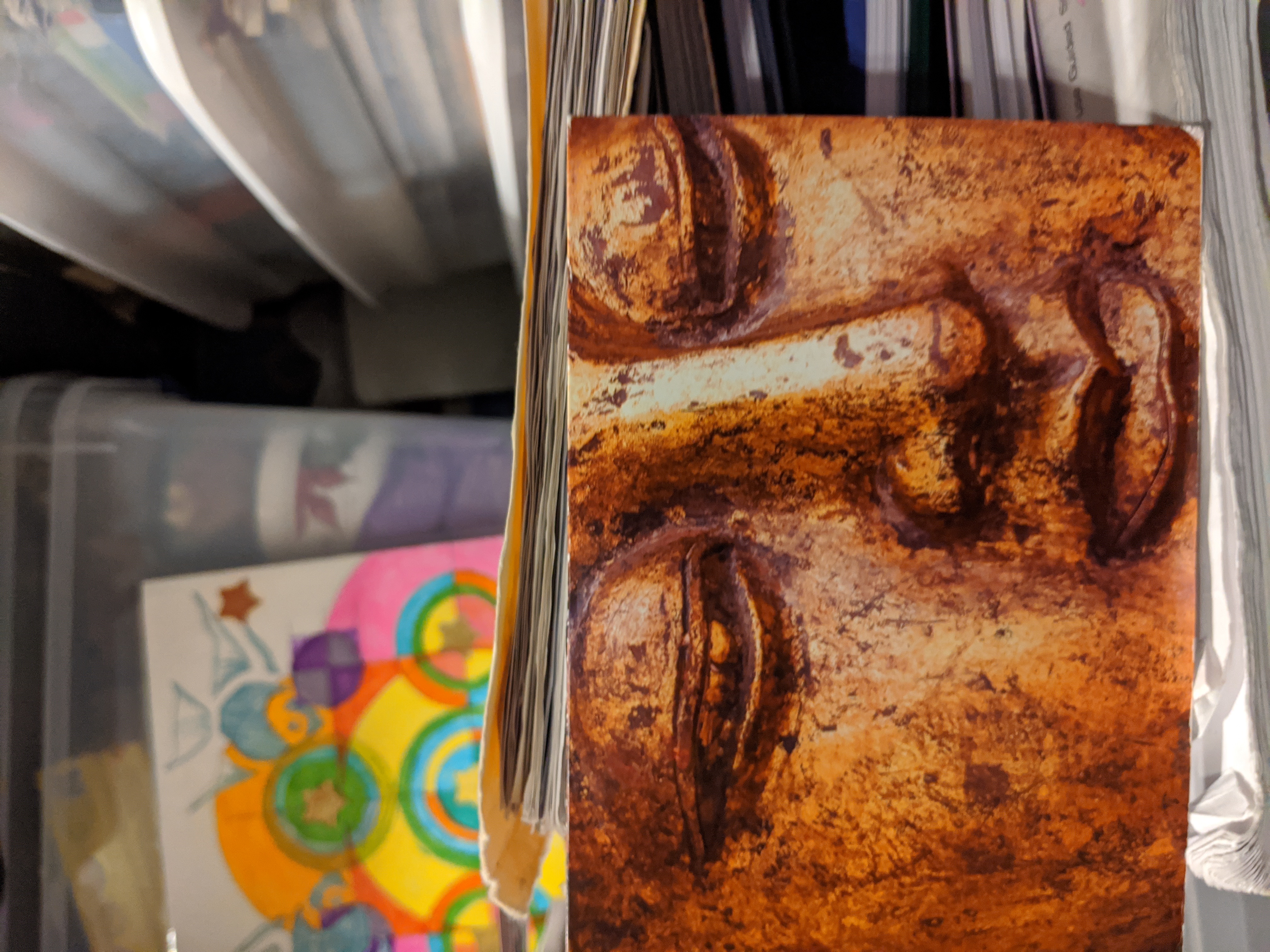
Meditation is an important skill. We learn basic habits when we are young. We learned to evacuate waste,
which
was cutely named "potty training." We learned to brush our teeth and
wash our faces, and bodies by practicing personal hygiene. We change our
clothing. We eat for nourishment and other reasons. These habits are
executed daily if a person has the spatial access to do this. People
experiencing homelessness
have limited access, and this severely impacts the Mind.
Our minds are full of various thoughts. We learn what and how to think. People expand beyond conditioning
and
learn to focus on ideas that are not common. Meditation must become a
habit to achieve this ability. The work helps us develop mental skills
to enhance our capacity to learn, retain information, and access
the vast store of knowledge within the Mind in Spirit.
Like a key in a lock, the tumblers align to open the way to what every soul knows. The Spirit could be devoid of all possessions and yet remain irreversibly connected to Home.
The place to which a Spirit is brought has many names. Suffice it to say that it massages the innards with more energy to remove choking blocks, tears of pain, and defeating behavior. It calms, soothes, and allows the soul to recover by enabling it to remember.
This process happens in two ways, from the perspective of energy and from the perspective of design. One may not agree to approach this change from a spirit-based process. It can be developed from an interior design aesthetics process with analogous color selections, pleasing furnishings, and object appointments. However, when one has achieved a state of well-being and feeling happy, it may not matter how they got there.
Psycho-ecological Design integrates several sources of information, including the user's needs in physical space, meditation, and energy readings. It is all processed to make sense to the user. First and foremost, since it begins with the user and the information within the user's energy, they are made aware of how much power they have to create the environment of their choice with the appropriate technical assistance.
Allison L. Williams Hill is an artist, designer, planner, metaphysician, and Wholistic Health Coach. Her life and work acknowledge the interconnectedness of concepts that have been traditionally considered separate and irrelevant. She shared her work and services through L5 Design now included in In-Vesica.
Links
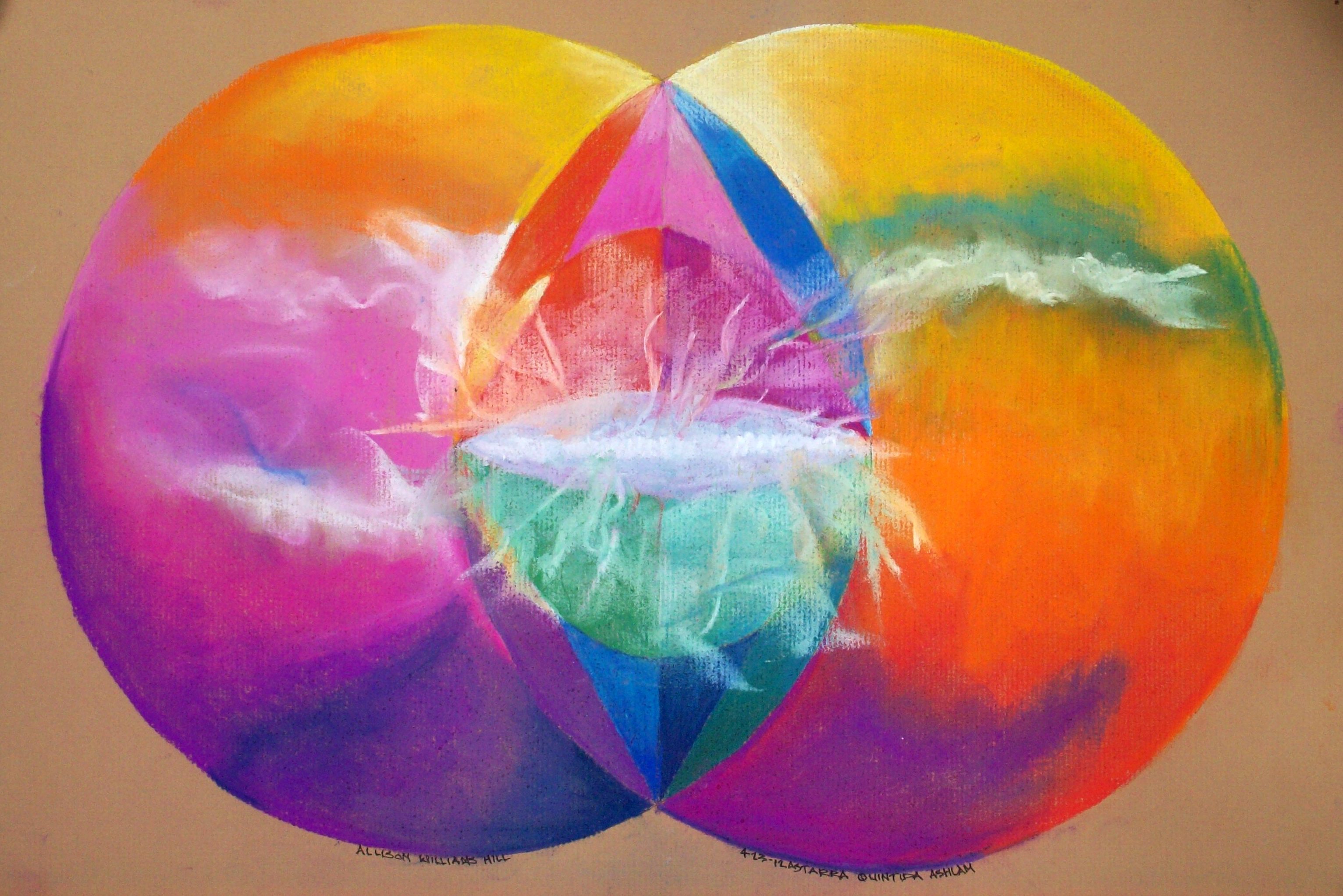
The above meditation mandala will be available soon.




















